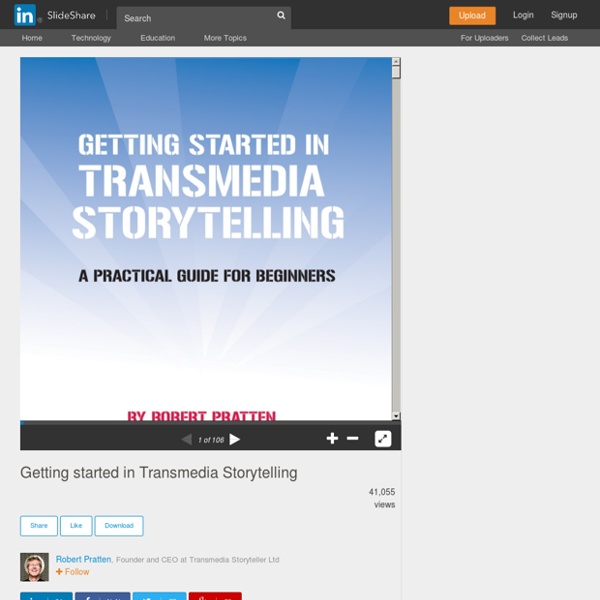



L'actualité de la communication transmédia storytelling, des ARG et des webdocumentaires Narrativas Transmedia Byzantine Tests Add a Touch of Magic to “Hunted” Campaign “We’re not for everyone. Just the 1% that matters.” Byzantium Security International’s slogan embracing the financial elite’s privileged role serves as an uncomfortably poetic accompaniment to the one-year anniversary of the Occupy Wall Street movement. And with an out-of-home advertisement proudly flaunting a company’s exclusivity mere steps from Federal Hall in Wall Street, it’s no wonder the image has been repurposed to support the movement. There’s more to Byzantium Security than an arresting hexagonal logo and a general disinterest in 99% of the country. The fictional company features prominently in Cinemax’s upcoming drama Hunted, and the Wall Street advertisements are merely one of a number of rabbit holes into the company’s inner workings. Yesterday, I received a puzzle box in the mail that serves as an alternate entry point to the Hunted transmedia experience. The fifth and final test asks participants to draw a picture from their childhood on a piece of paper. Comments
Búsqueda y anticipación en las nuevas tecnologías afectivas Las emociones como base de la recomendación online Ya antes de que se hablara de la web semántica, pero sobre todo a raíz de ella, la evolución de Internet –y con ello tecnologías derivadas como las aplicaciones- ha consistido en desarrollar en la red la capacidad de la anticipación. En realidad es algo que la tecnología comparte con la ciencia: en interés y la posibilidad de anticiparse a lo que nos va a ocurrir, a posibles enfermedades, pero también a nuestros deseos, emociones, gustos o, como es el caso, sencillamente a las respuestas de las búsquedas online. La importancia y creciente interés por la llamada inteligencia emocional en los últimos años, que abarca desde la ciencia a la educación, ha hecho que surjan diversas iniciativas para conseguir conocer mejor este aspecto del ser humano. La neurociencia y la robótica, por ejemplo, convergen en el desenmascaramiento y reconocimiento, respectivamente, de todas las vertientes y expresiones de nuestras emociones. José Antonio Vázquez
Narrativa interactiva » Casos de estudio transmedia Una de las mejores formas para aprender a hacer productos transmedia es analizar los ejemplos ya existentes. En la red podemos encontrar numerosos casos de estudio, como por ejemplo los siguientes: TRANSMEDIA LAB.